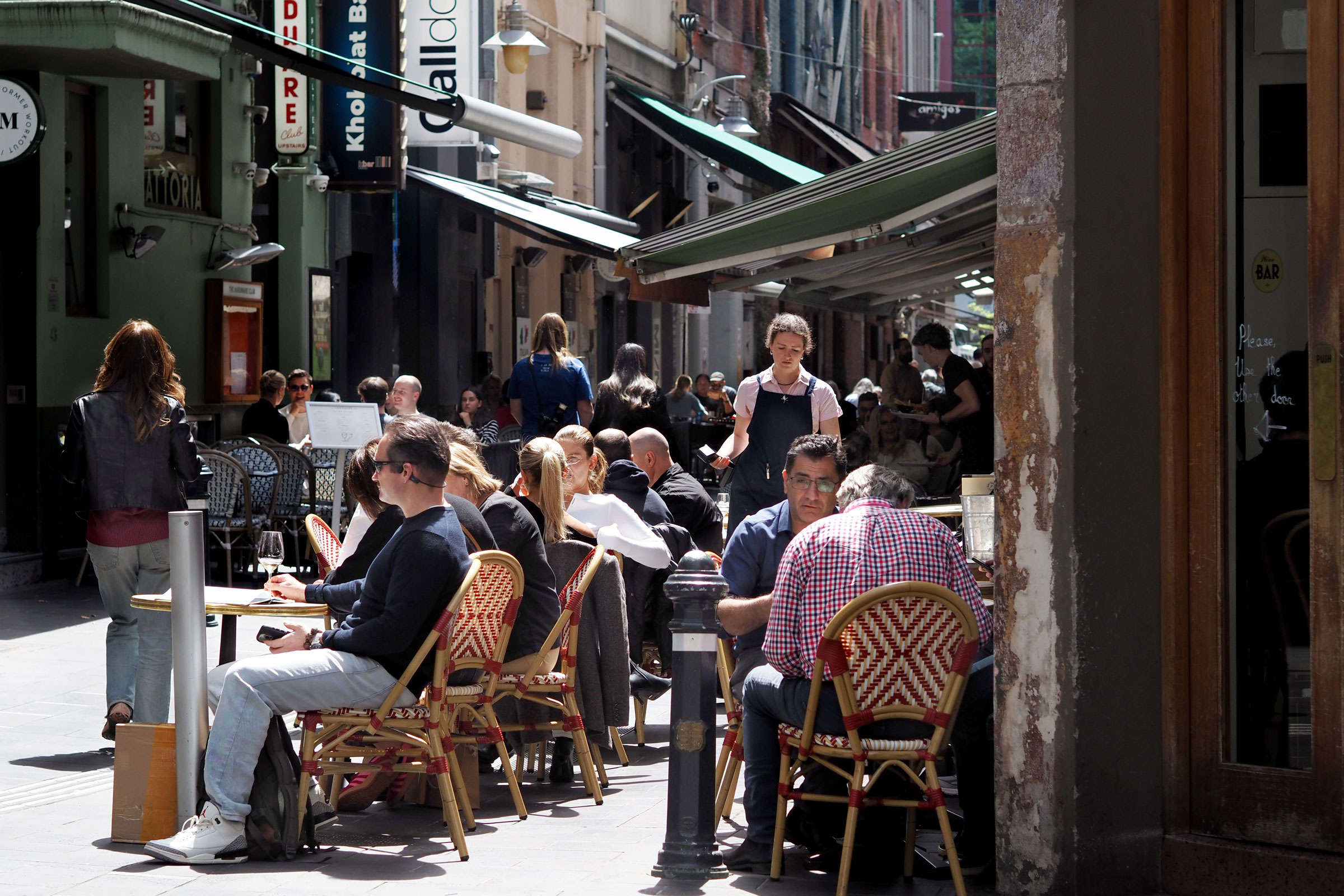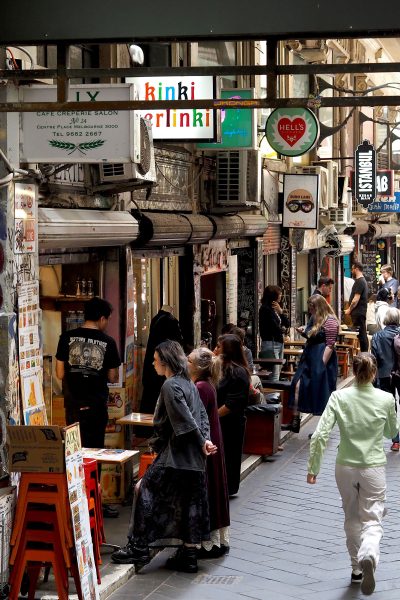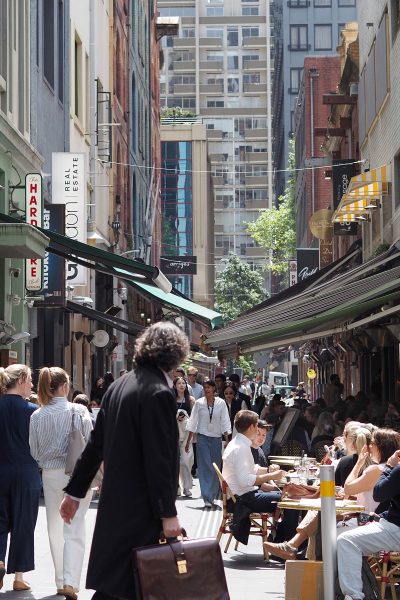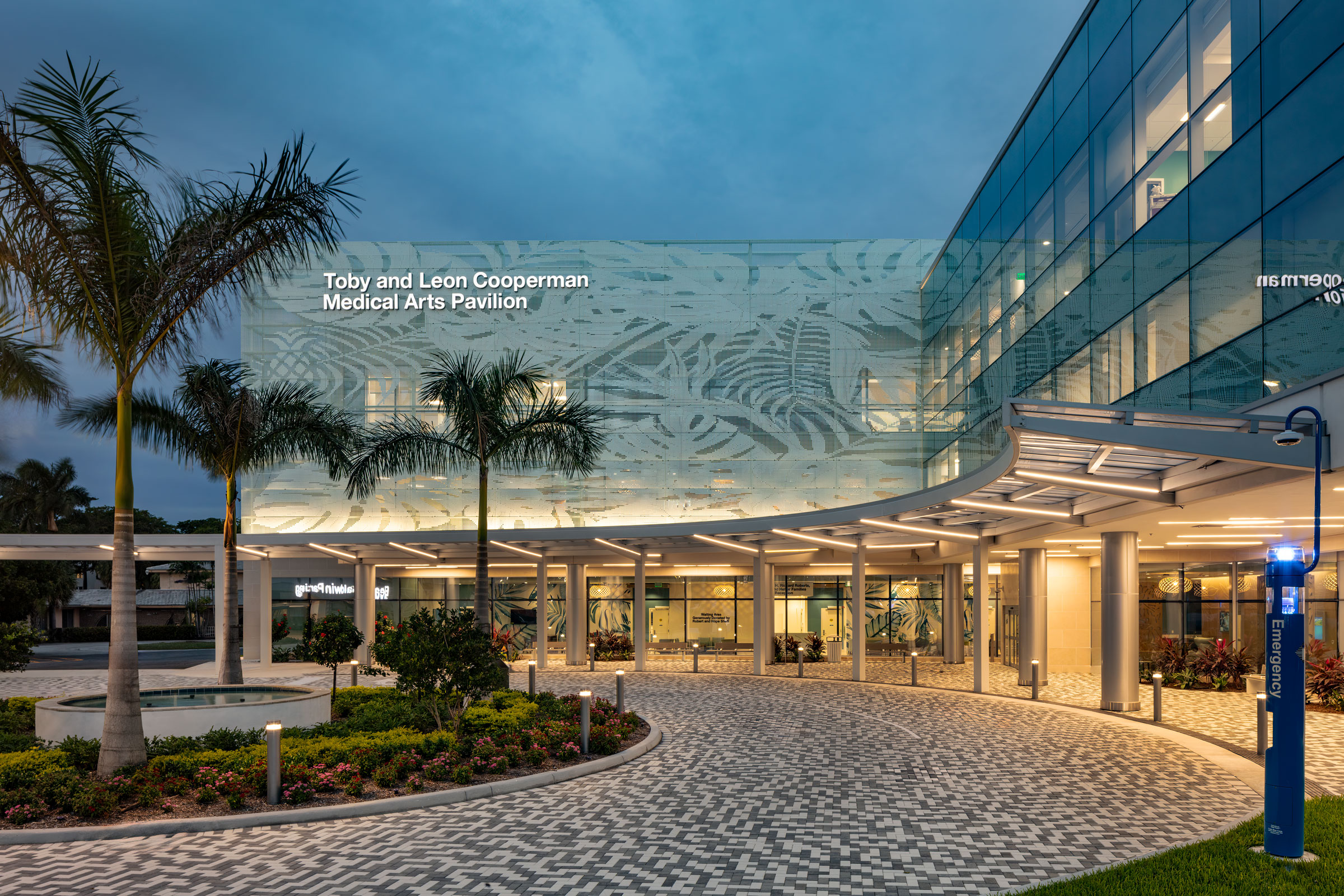Story at a glance:
- A group strategy director at ERA-co shares a blueprint for designing thriving communities.
- Spaces designed to resonate with everyone often fall flat; the real work lies in understanding who you want to bring in.
We’ve all heard the saying, “Build it, and they will come.” The problem is that it mistakes infrastructure for life. What draws people in and what keeps them there is something far harder to design.
We spend most of our lives in cities, yet we tend to know very little about what makes them work or fail. At first glance they feel straightforward. Look beneath the skyline, and it is street life that truly defines a place. This is the jet stream that drives a city’s culture, commerce, and community. Sometimes powerful and transformative, sometimes subtle, embedded, and resistant to change.
You see it in different guises around the world. In New York the rise of Dimes Square showed how a handful of bars could recalibrate an entire neighborhood’s identity. In Rome piazzas continue to anchor daily rituals and civic life. In Lagos the Balogun Market illustrates how social and commercial life thrives in seemingly chaotic, unplanned conditions; it’s hard to replicate, impossible to curate.
Why Social Life Matters for Cities
- Shops and restaurants line the Melbourne Laneway. Photo by Rebecca Jacks
- Photo by Rebecca Jacks
Social life is notoriously hard to predict and even harder to create. Placemakers often talk about “curating the environment” as if deliberate design could conjure community through urban alchemy. But heavy-handed curation rarely works. A city’s energy resists neat design.
It’s important to look closely at the cultural undercurrents already shaping a place. Rather than impose, you can read the grain of a city. That means surfacing the memories, stories, and rituals that have long defined its characters. Or tuning into the cultural forces now reshaping it, whether through migration, shifting demographics, or new forms of expression.
Copenhagen’s Superkilen Park offers one example: Its designers asked who was missing from public life and built the park to reflect the cultures of immigrant groups, embedding inclusion into the physical fabric. In contrast, Tokyo’s Shibuya shows the duality of hyper-design spectacle and hyper-local street life, both coexisting and shaping identity in different ways.
This is the foundation of our blueprint for thriving communities: not a rigid plan, but a way of working with the energies already present, amplifying what is authentic, and making room for what is emerging.
A Framework for Thriving Communities
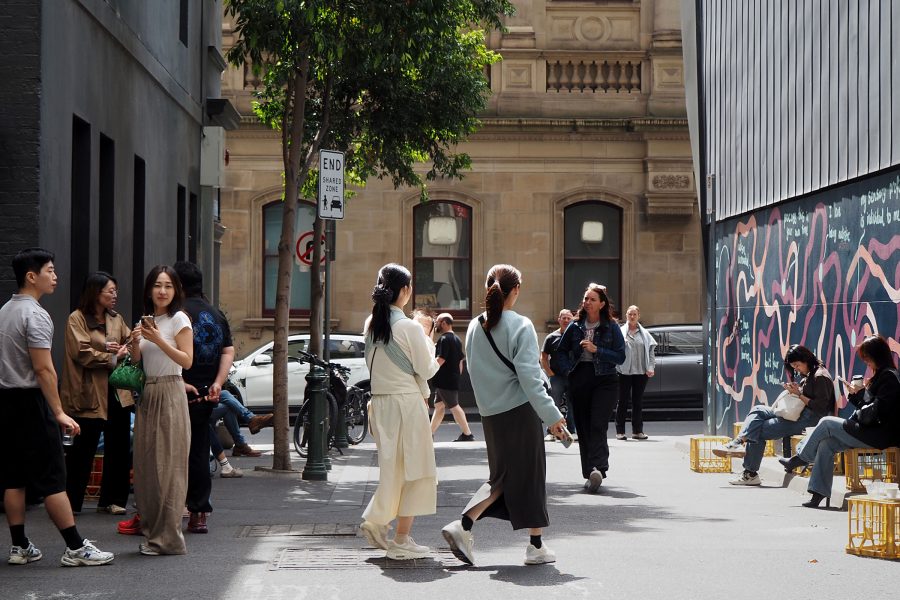
The Melbourne Laneway has become a popular spot. Photo by Rebecca Jacks
Building communities that last requires more than good design; it takes intention. It’s important to think about it as a framework that helps identify what really makes places come alive.
Find who’s missing. In any public space it’s not enough to notice who is present. The more revealing question is: Who isn’t? Which groups feel excluded, unwelcome, or invisible? Paying attention to these absences exposes the cracks in a city’s social life. Superkilen, for example, turned this question into a design strategy, ensuring migrant cultures were not only acknowledged but celebrated.
Design for someone, not everyone. When we make something too universal it rarely resonates. The real work lies in understanding who you want to bring into a place—getting to know their needs, values, and daily rituals. Melbourne’s laneways, once overlooked, came alive through small-scale interventions tailored to local creatives, ultimately becoming a cultural signature for the city.
Look to the edges. The most vital social life often emerges not in the core of a city, but at its edge. This is where cultures mix, experiments take root, and new forms of belonging are tested. Mexico City’s La Roma and Condesa neighborhoods, once marginal, were transformed through regeneration, migration, and youth culture into global creative hubs. Seoul’s Hongdae and Itaewon districts similarly showcase how edge spaces can become cultural epicenters through youth-driven nightlife and K-culture.
Ask beautiful questions. Thriving communities are rarely built on ready-made answers. They start with the right questions. The kind that open possibilities, invite participation, and allow people to imagine themselves as part of the story.
Embrace the next generation. For years millennials shaped urban life as the “experience generation,” defining places through aesthetics and atmosphere. Now Gen Z is stepping forward, bringing a different lens. They think in terms of vibes: less tangible, more sensory. A blending of sound, sight, and sensation. A constant interplay between digital and physical, collective and individual. Shibuya’s side streets or Seoul’s night markets embody this shift—a hybrid cultural life that feels alive across both screens and sidewalks.
By applying these principles cities can move beyond surface-level fixes and create spaces where people feel seen, connected, and eager to participate in public life.
Working Toward a Social Blueprint for the Future
The best way to predict the future of city life is not to chase the next trend but to invent the conditions where social life can flourish. A blueprint should never be a rigid plan. It should act as a framework. One that works with the energies already present, makes space for what’s emerging, and helps communities grow on their own terms.
Cities now account for more than 55% of the world’s population. In the US major cities generate 90% of the national GDP and produce a significant amount of carbon emissions. The stakes are clear: the way we design and foster social life is not only a cultural question but a planetary one.
By designing for connection, inclusion, and authenticity, we create places that are not just livable, but actually alive.

